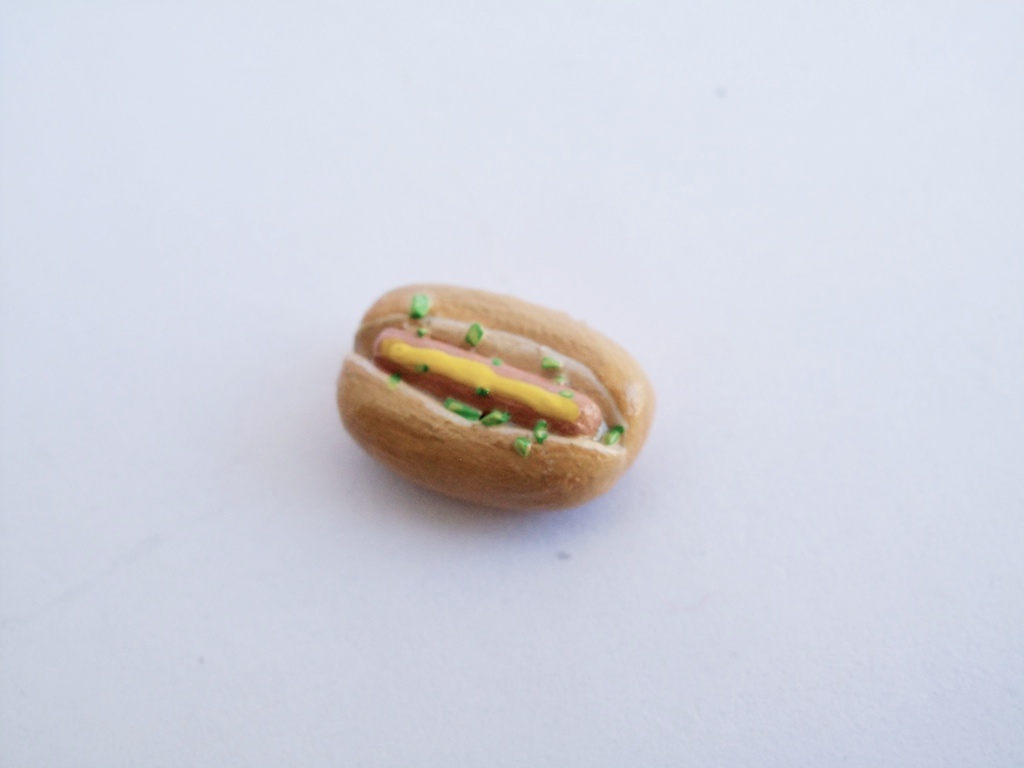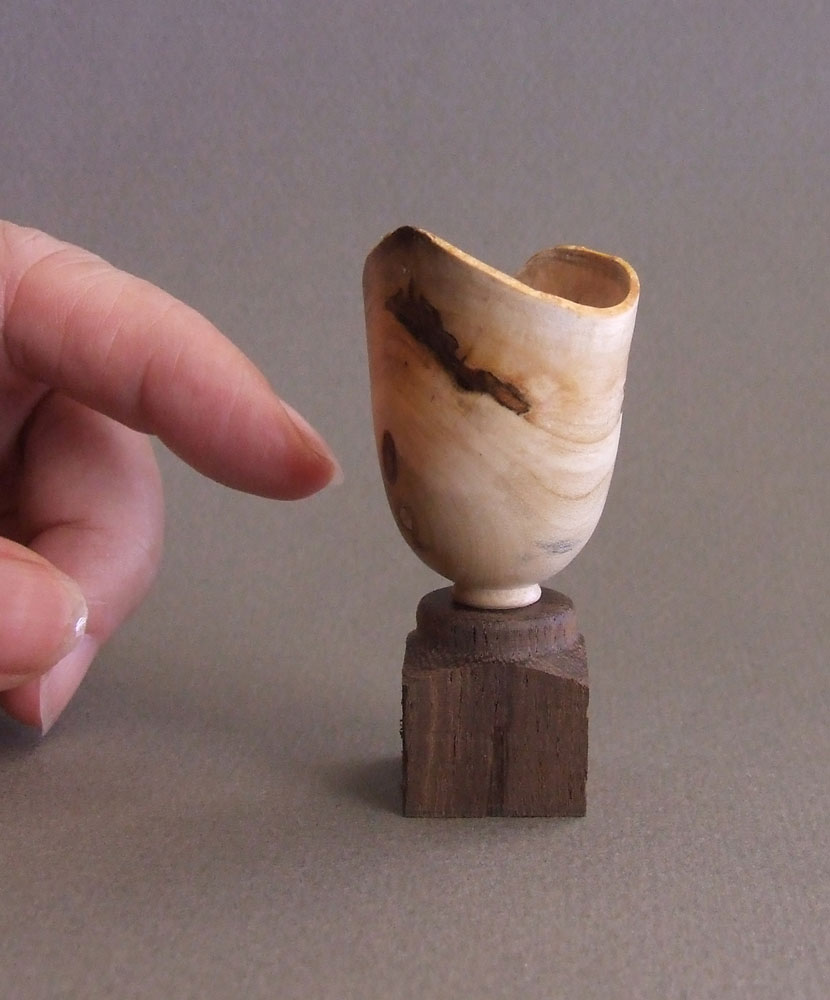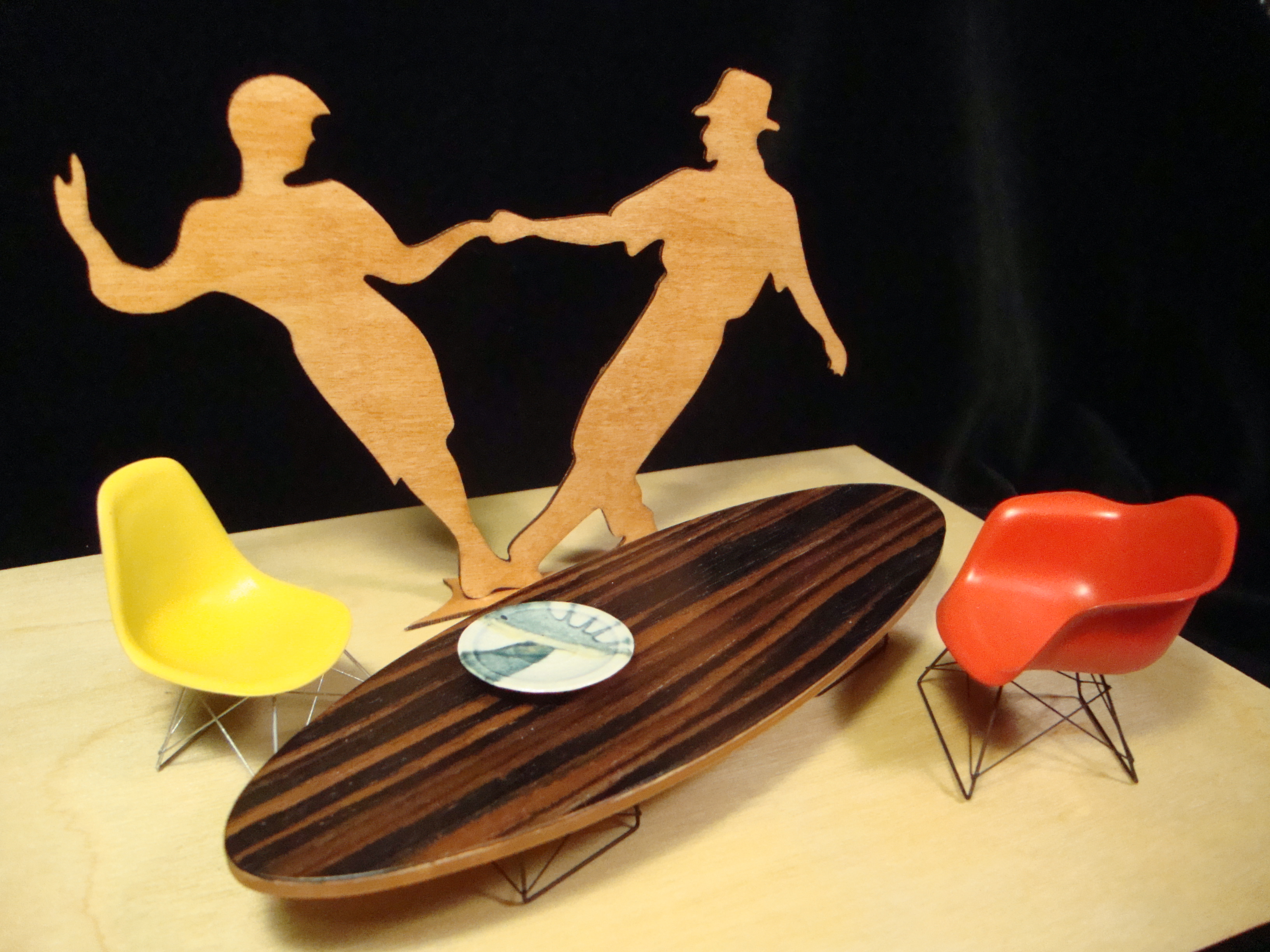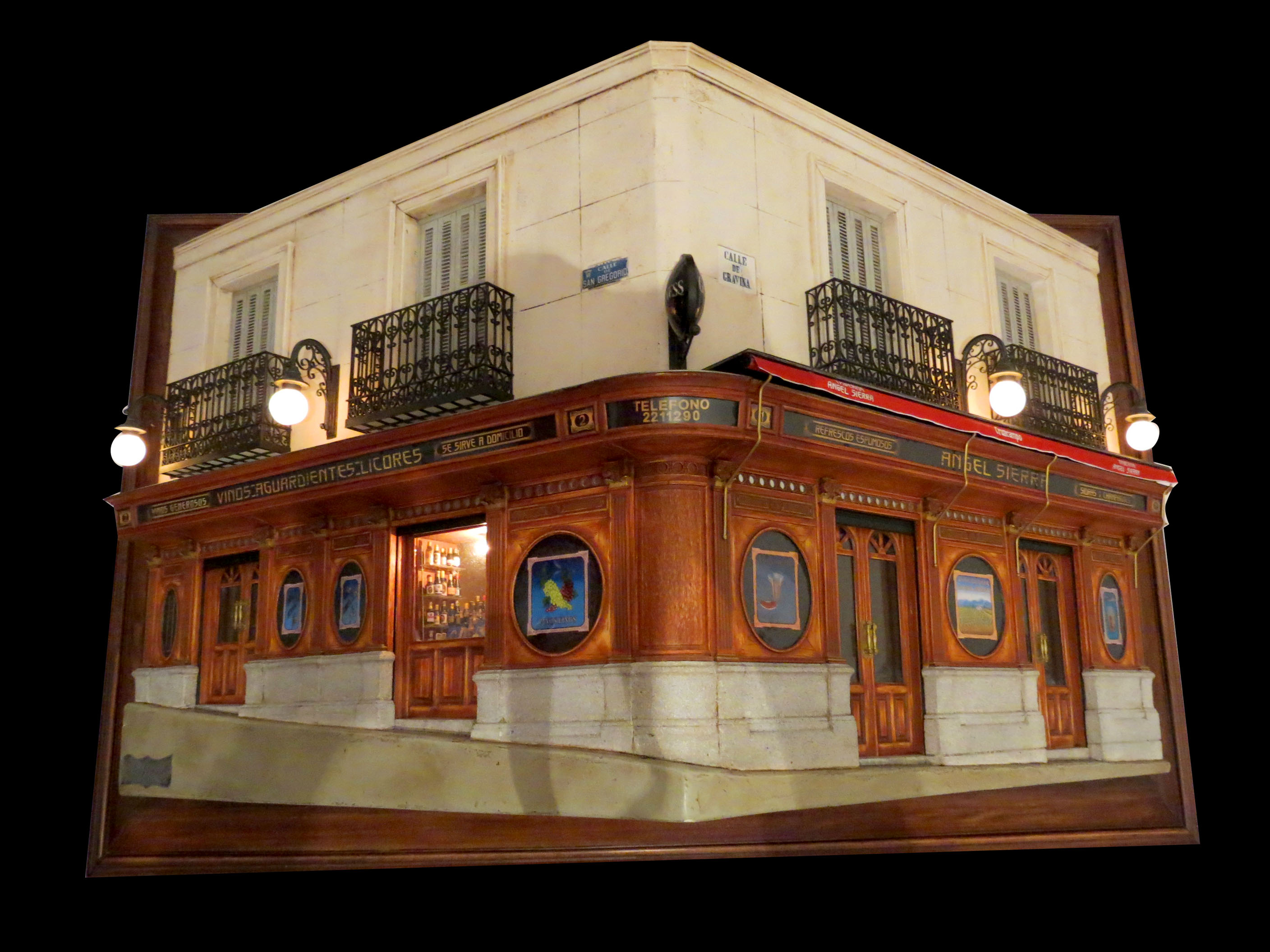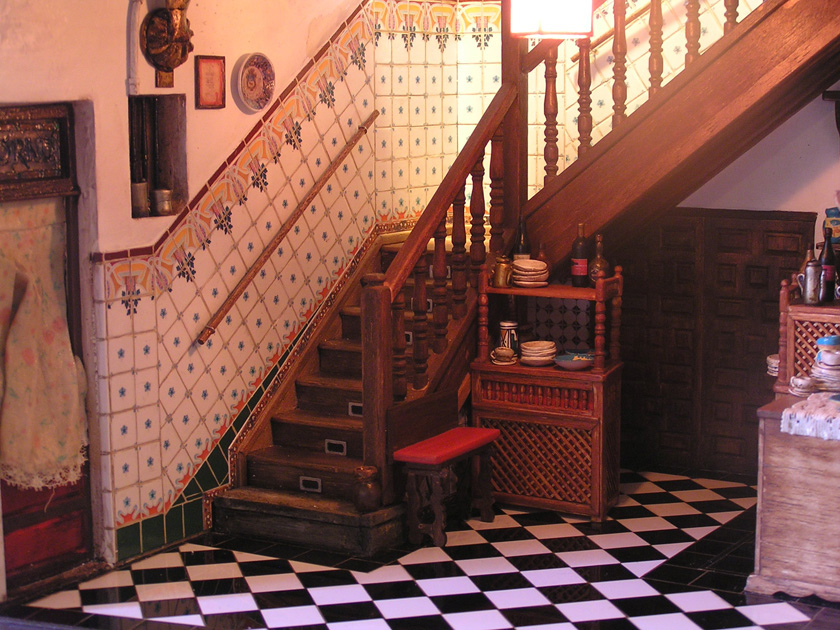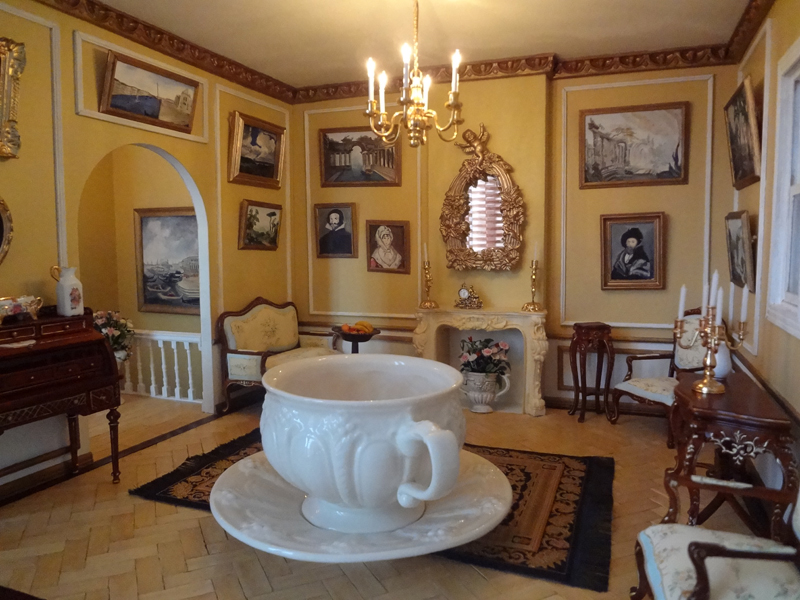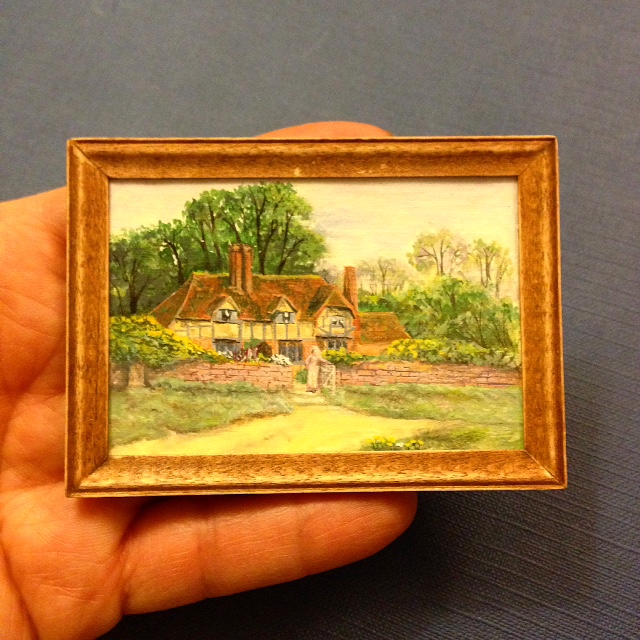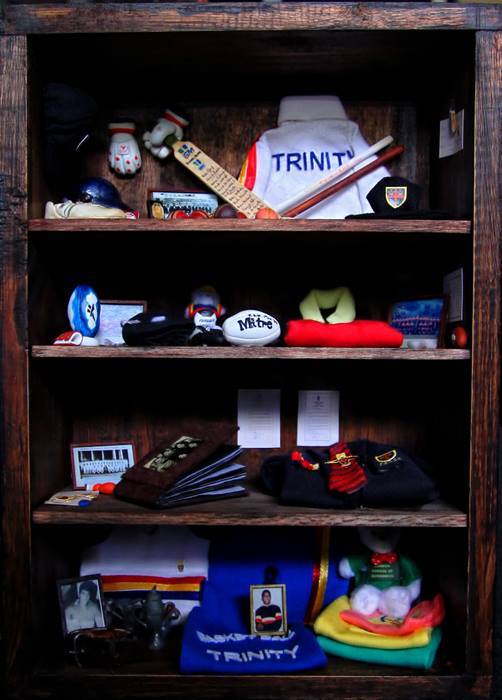Miniatures by Phillip Nuveen
| Website | Instagram | Etsy |
How did you transition from art and design into miniatures?
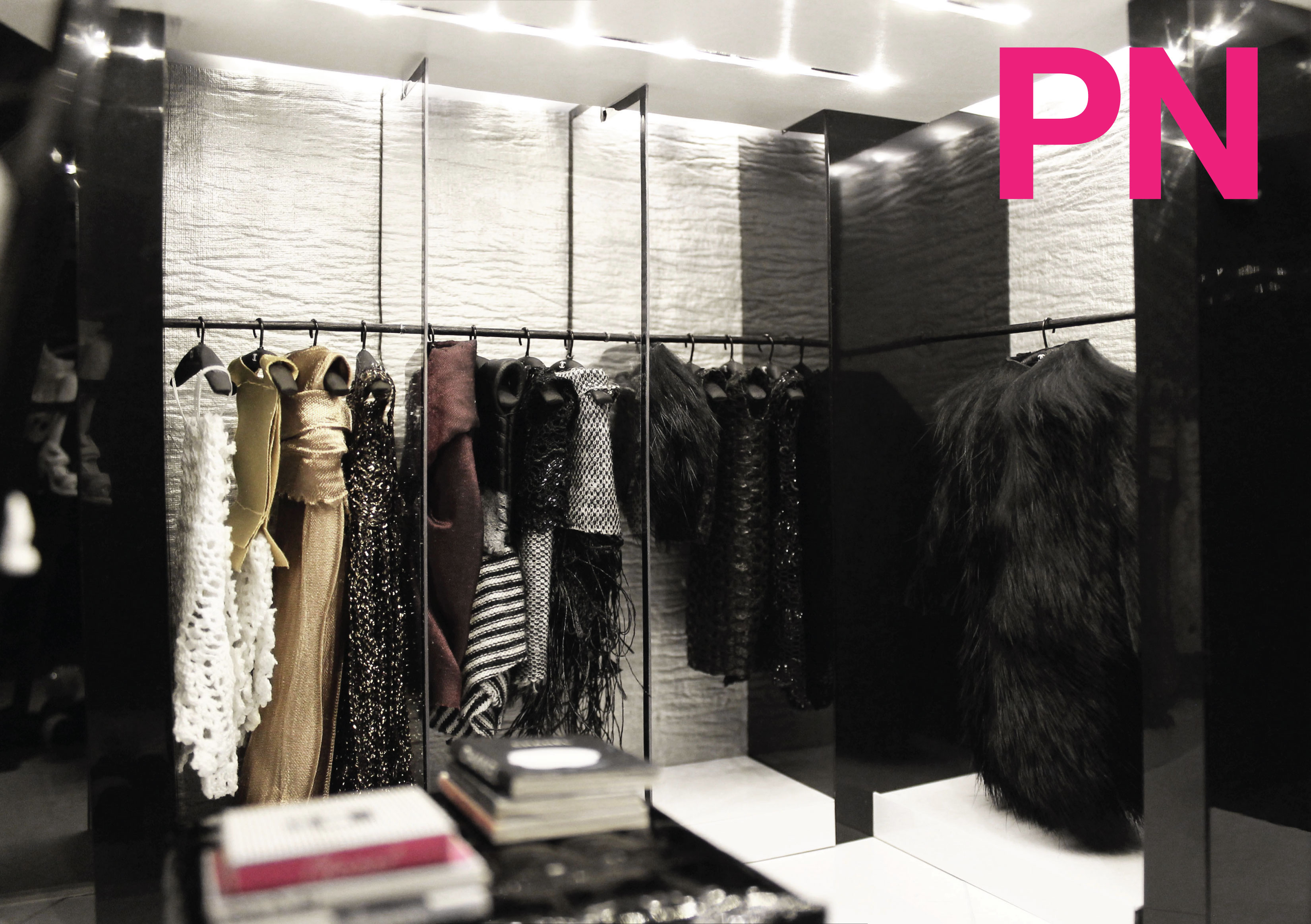 I’m a really creative individual, so my entire life is art and design. I work and create in so many mediums which I think is extremely helpful to my miniature work. So the transition is fluid and always happening.
I’m a really creative individual, so my entire life is art and design. I work and create in so many mediums which I think is extremely helpful to my miniature work. So the transition is fluid and always happening.
Where does your interest in miniature stem from?
I absolutely love architecture. I love all art and design but buildings and interiors hold a special place in my heart. Everything is connected, of course, when it comes to aesthetic mediums. When I was a teenager I wanted to be an architect, but I was bad at certain types of math. My brain just doesn’t understand numbers. I excelled in geometry, but that’s about it. Which makes sense to me now because my mind works in a very visual way. I think in shapes and images. I’ll get an idea for a miniature, picture it my mind, build it in my mind and then execute in real life. I very rarely have to sketch out a concept. So not having the proper training to be an architect, I decided to start making the models to show the world that I can imagine beautiful buildings and interiors! Even though they are a scale version.
How has your work in miniature evolved?
Two years ago, I first embarked on an at-home project to make myself a miniature apartment. I gathered raw materials and just started from scratch. With each new miniature, it pushes my skills and perfectionist qualities further. I’m always hunting and keeping my eyes open for new materials.
The first few models I made were of a Mies van der Rohe inspired aesthetic. My mantra is “Less is more,” and I’m really into minimalism and modernity. So, the past few structures I’ve made have become more organic in shape, mainly drawing inspiration from my favorite architects Norman Foster and Zaha Hadid.
What materials do you use to make your miniatures?
It’s really all about the materials. An artist is only as good as his materials, right? Well, at the few art supplies stores left in NYC, I’m a regular! My basic building supplies are foamcore, balsa wood, crescent board, and acrylic sheets of plastic. There are a few different adhesives I’ve narrowed down that work best for me. I also use acrylic paint and decorative wooden surfaces, which I generally just print out from the Internet. I have my BFA in visual communications from Columbia College Chicago, where I studied design. Having developed design software capabilities allows me to design all kinds of things: book jackets, magazines, computers screens, framed art work images, decals, unique surfaces, miniature packaging, shopping bags, and more. Which all really bring a miniature space to life.
What is the most memorable miniature you have ever seen?
I’m honestly so obsessed with miniatures and models that I’ve seen too much to narrow it down! I feel that the art form is having a real resurgence and will be in the spotlight for a while, or at least I’m hoping it will!
Advice for beginner artists?
Take your time while creating and working. The more perfect you get it, the better it looks and photographs!
I just am in love with architecture and I started miniature work because it’s a way for me to show my ideas and concepts, rather than just using drawings or CAD renderings. Plus, I think the skills are the most impressive part. It’s one thing to have an idea for a structure, but then to actually craft it from raw materials and to be able to hold it and show it is my favorite part.
What’s to come from Phillip Nuveen?
As always, I’m trying to land larger freelance projects highlighting my miniature work or the other mediums I work in. I just did a fantastic series of miniatures for a large well known furniture brand to be used in an advertising campaign. The miniatures came out amazingly, they really pushed me outside my comfort zone and I’m very proud of them. However, the campaign is put on hold so I can’t show photos of the miniatures – so disappointing! I’m always thinking up new designs and updating my website and Instagram with fresh work!
What do you want miniature fans to know about you?
I would just like to thank everyone that is a part of the miniature art world. I really enjoy playing with scale and working in miniature. We all have to stick together and share our ideas and work to keep the medium alive!
Phillip Nuveen currently lives in Brooklyn, NYC. His impeccably designed and executed miniatures can be viewed on his website or on Instagram. Shop Phillip Nuveen miniatures now on Etsy!
























